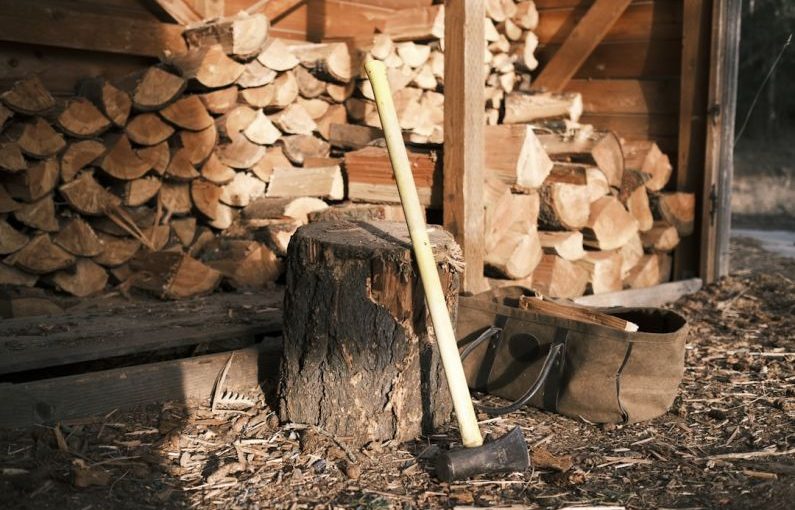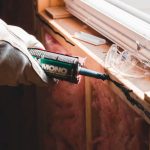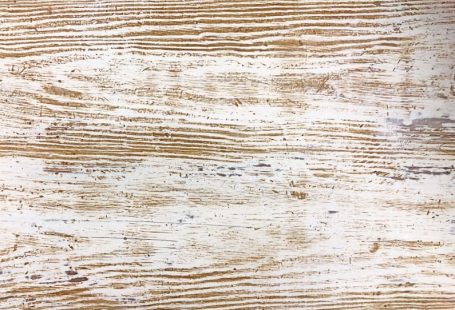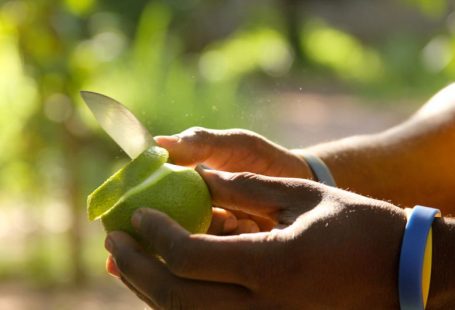Wood carving is a captivating and rewarding craft that requires patience, precision, and skill. However, one common challenge that many carvers face is wood splitting. Whether you are a beginner or an experienced woodworker, dealing with wood splitting can be frustrating and can affect the outcome of your carving project. Fortunately, there are several techniques and tips that can help you prevent and address wood splitting effectively.
Understanding the Causes of Wood Splitting
Before delving into the strategies to deal with wood splitting while carving, it is essential to understand the factors that contribute to this issue. Wood splitting can occur due to various reasons, including:
1. **Moisture Content**: Wood that has not been properly dried or seasoned is more prone to splitting. When carving green or wet wood, the internal stresses and moisture in the wood can cause it to split as it dries out.
2. **Grain Orientation**: The direction of the wood grain plays a significant role in wood splitting. Carving against the grain or across interlocked grain patterns can result in the wood splitting along the natural lines of the grain.
3. **Tool Selection and Technique**: Using dull or inappropriate carving tools, applying excessive force, or carving too aggressively can also lead to wood splitting. It is essential to use sharp tools and employ proper carving techniques to minimize the risk of splitting.
Preventing Wood Splitting
To prevent wood splitting while carving, consider the following tips and techniques:
**Properly Prepare the Wood**: Start by selecting well-seasoned wood with an appropriate moisture content for carving. Avoid carving green or overly dry wood, as they are more susceptible to splitting. If you are using freshly cut wood, allow it to dry and acclimate before carving.
**Follow the Grain**: Pay close attention to the direction of the wood grain and carve with the grain whenever possible. Working along the natural lines of the wood grain reduces the likelihood of splitting and produces cleaner cuts.
**Use Sharp Tools**: Keep your carving tools sharp and well-maintained. Sharp tools require less force to cut through the wood, reducing the risk of splitting. Regularly sharpen your tools and hone the edges to ensure clean and precise cuts.
**Control the Carving Pressure**: Apply gentle and consistent pressure while carving to avoid putting excess stress on the wood fibers. Avoid forcing the tools through the wood and let the sharpness of the tool do the work.
Addressing Wood Splitting
Despite taking preventive measures, wood splitting may still occur during the carving process. When faced with wood splitting, consider the following strategies to address the issue:
**Repair with Glue**: If the wood splits along the grain, you can repair the split by applying wood glue to the affected area. Gently spread the glue into the split, press the wood together, and clamp it until the glue dries. Sand the repaired area to blend it with the surrounding wood.
**Fill the Split**: For smaller splits or cracks, you can fill the gaps with wood filler or epoxy resin. Choose a filler that matches the color and grain of the wood for a seamless finish. Once the filler has cured, sand the area to achieve a smooth surface.
**Change Carving Direction**: If you encounter wood splitting while carving, adjust your carving direction to work with the grain rather than against it. By changing the carving angle or orientation, you can minimize the risk of further splitting and achieve cleaner cuts.
**Use Supportive Techniques**: To prevent wood splitting in delicate or vulnerable areas of the carving, use supportive techniques such as bracing or reinforcing the wood with additional material. These techniques can help distribute the carving pressure evenly and reduce the likelihood of splitting.
Incorporating these preventive measures and strategies into your wood carving practice can help you effectively deal with wood splitting and enhance the quality of your carving projects. By understanding the causes of wood splitting, employing proper techniques, and addressing splits promptly, you can overcome this common challenge and enjoy a more seamless carving experience.





